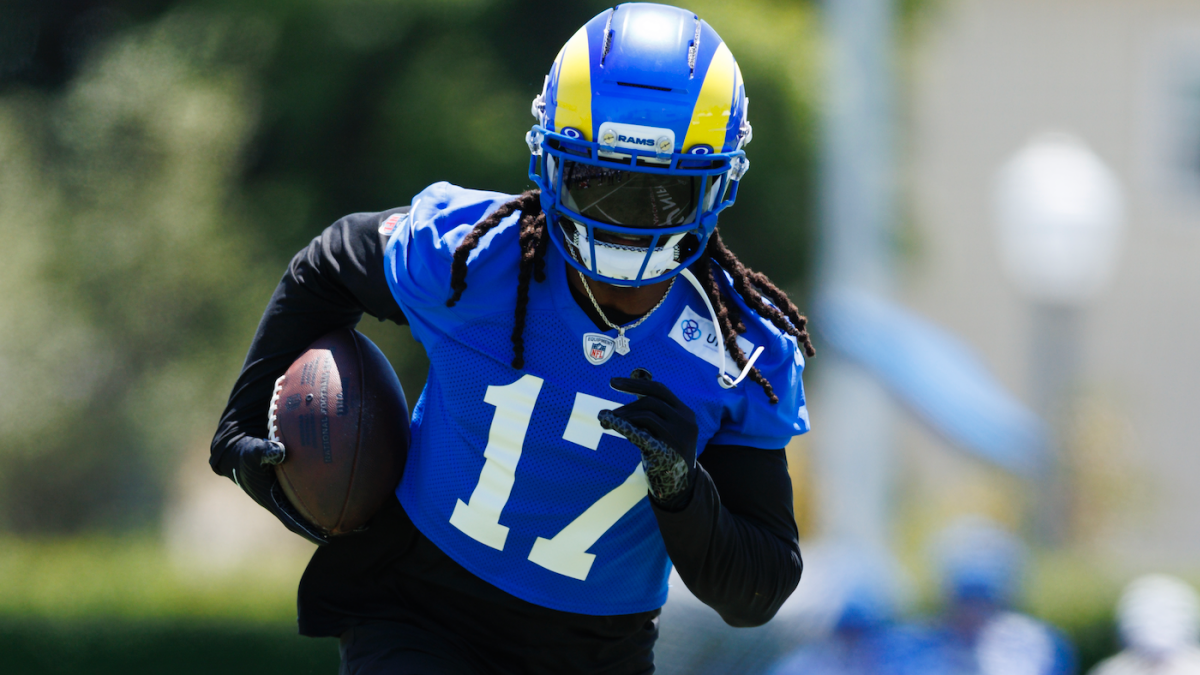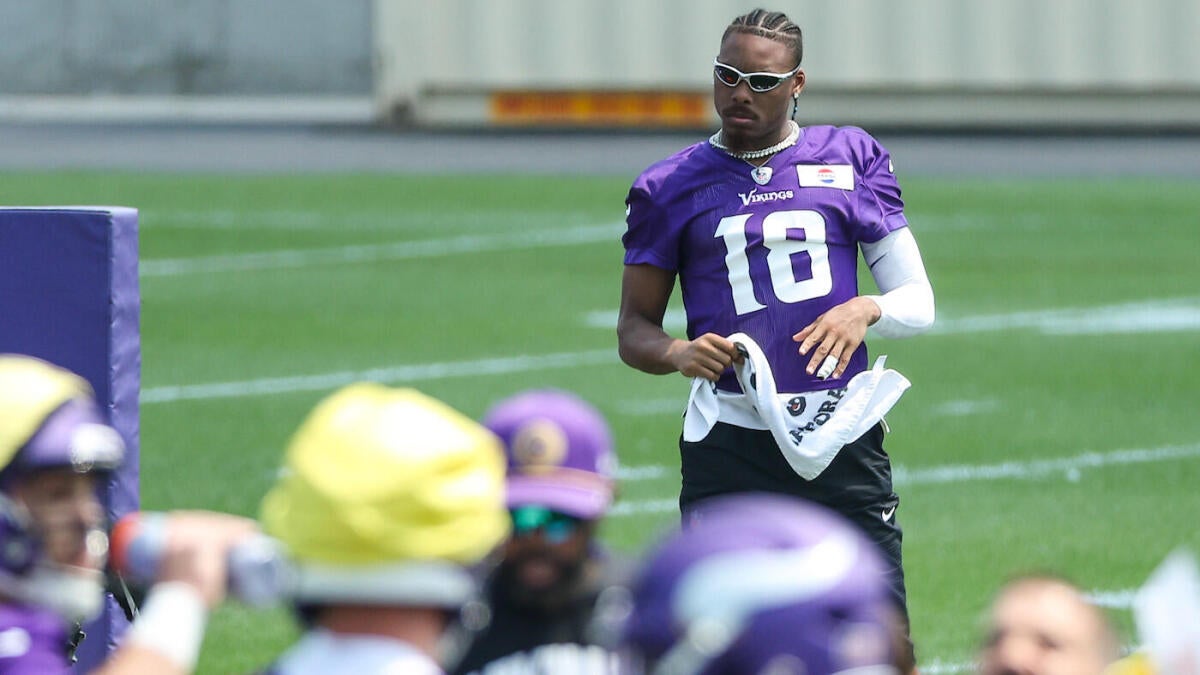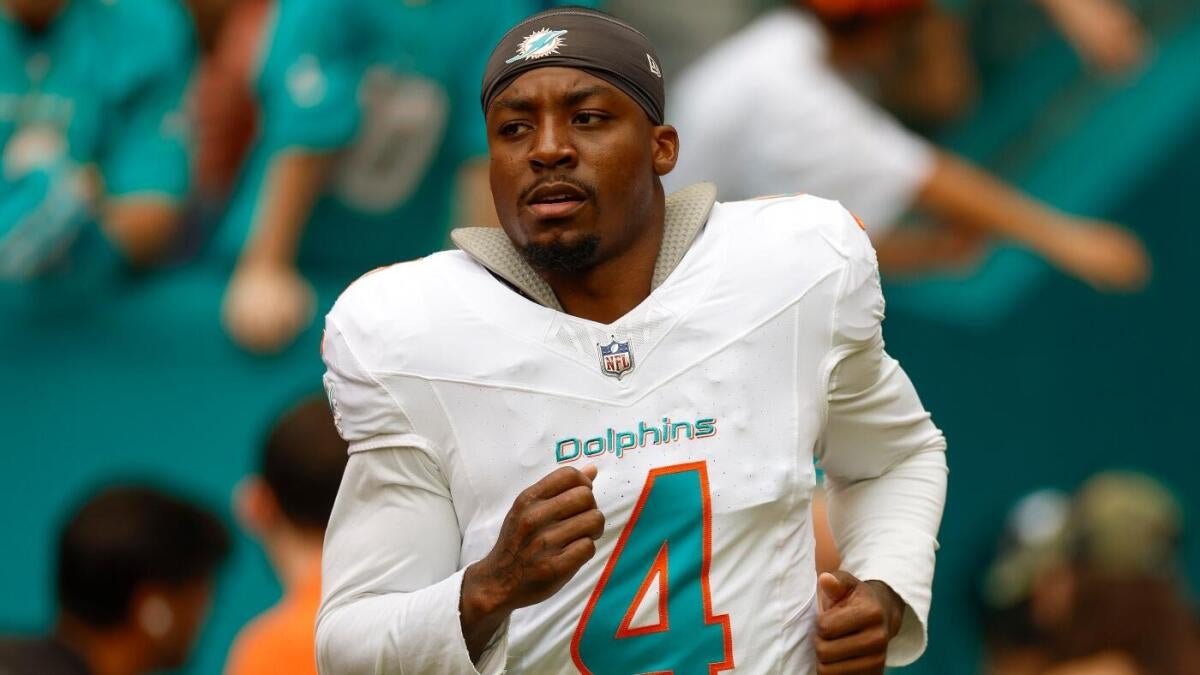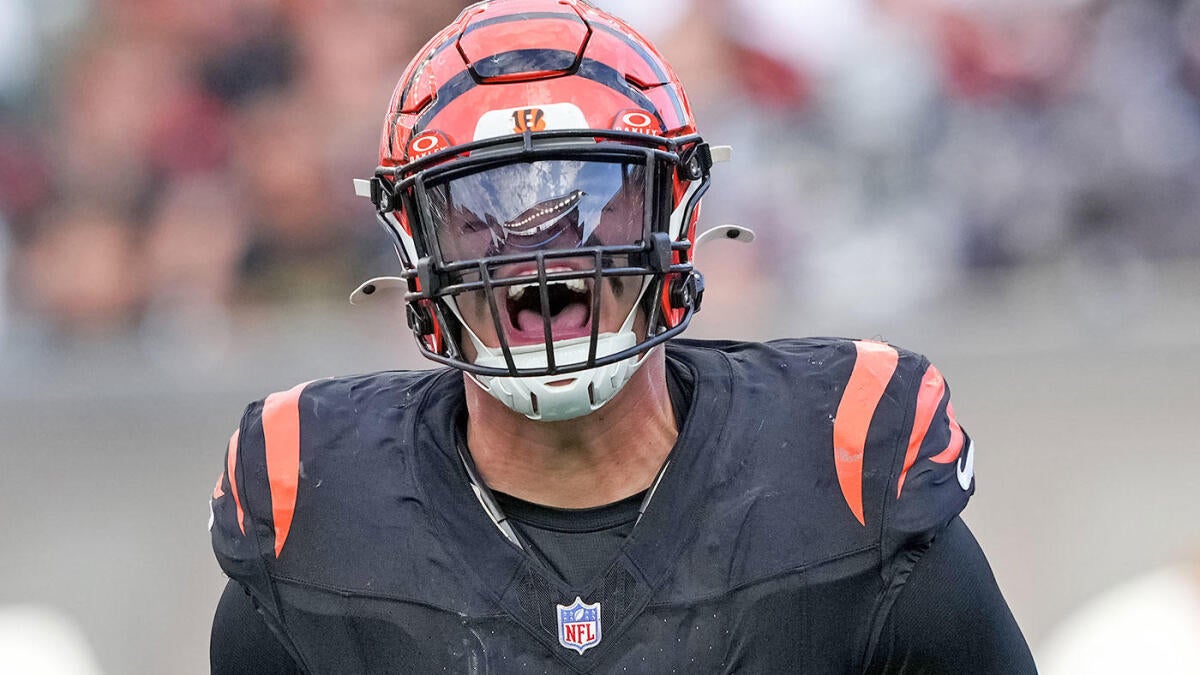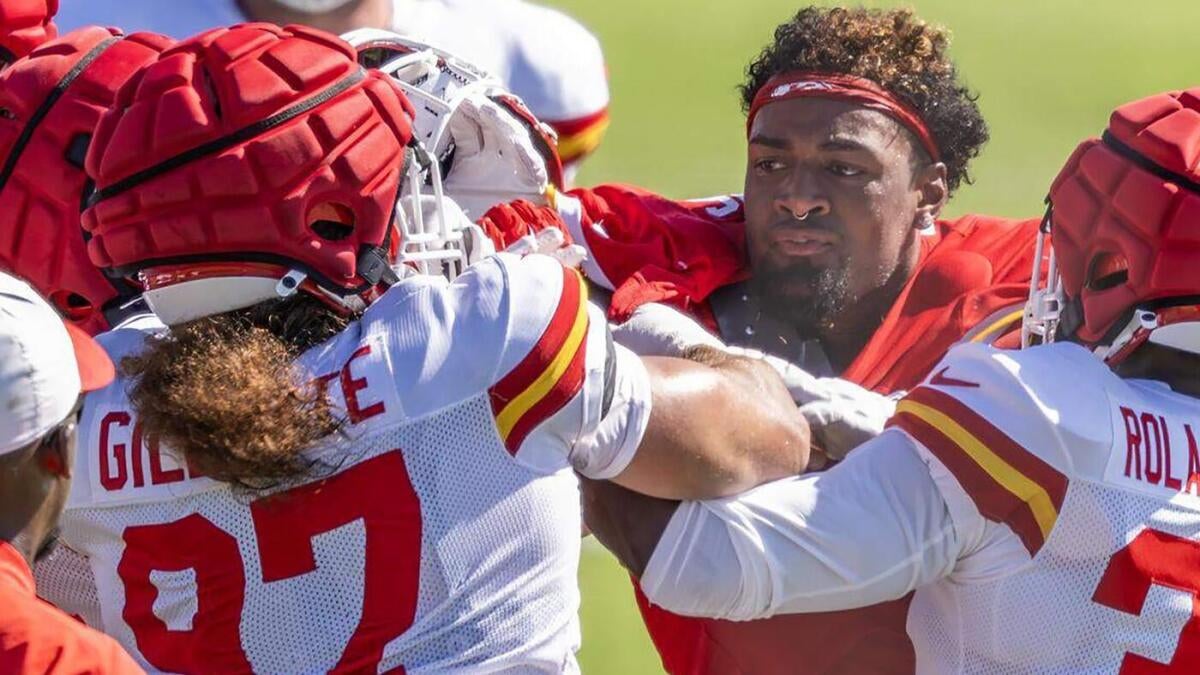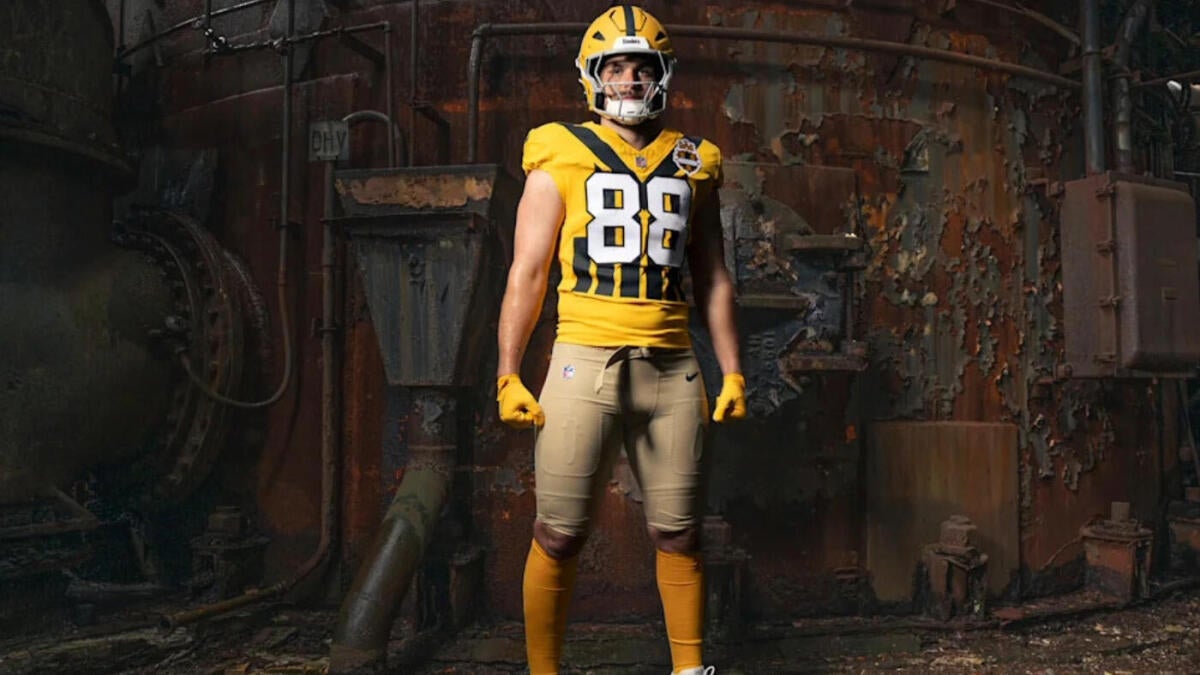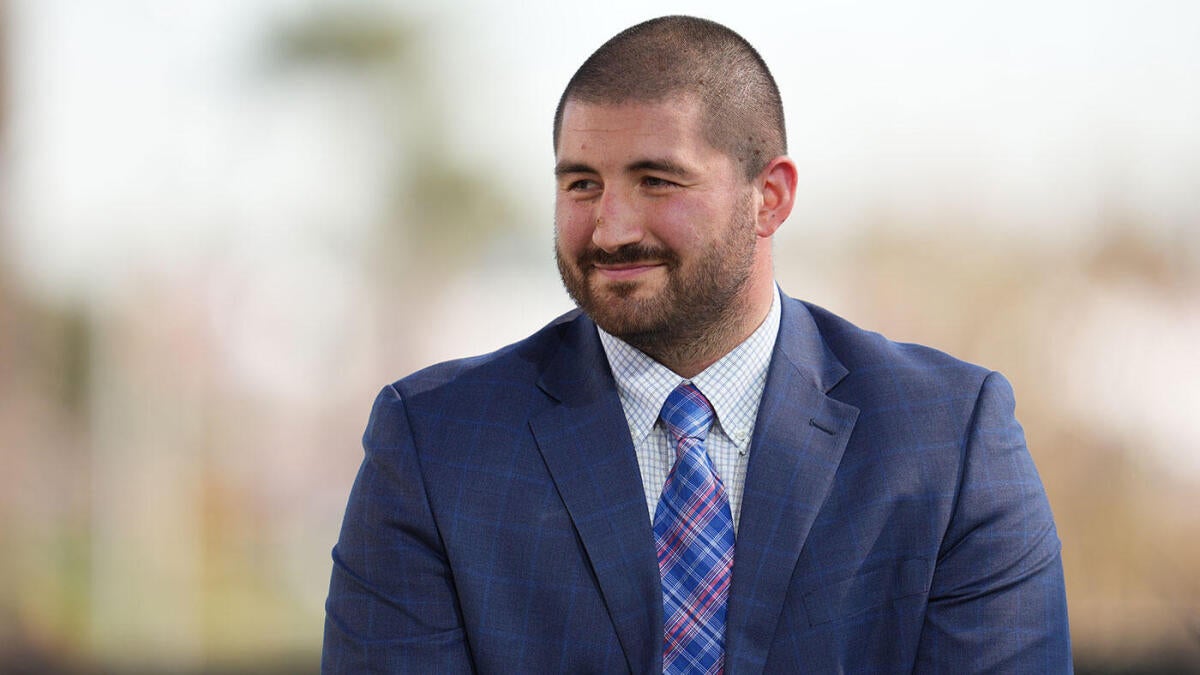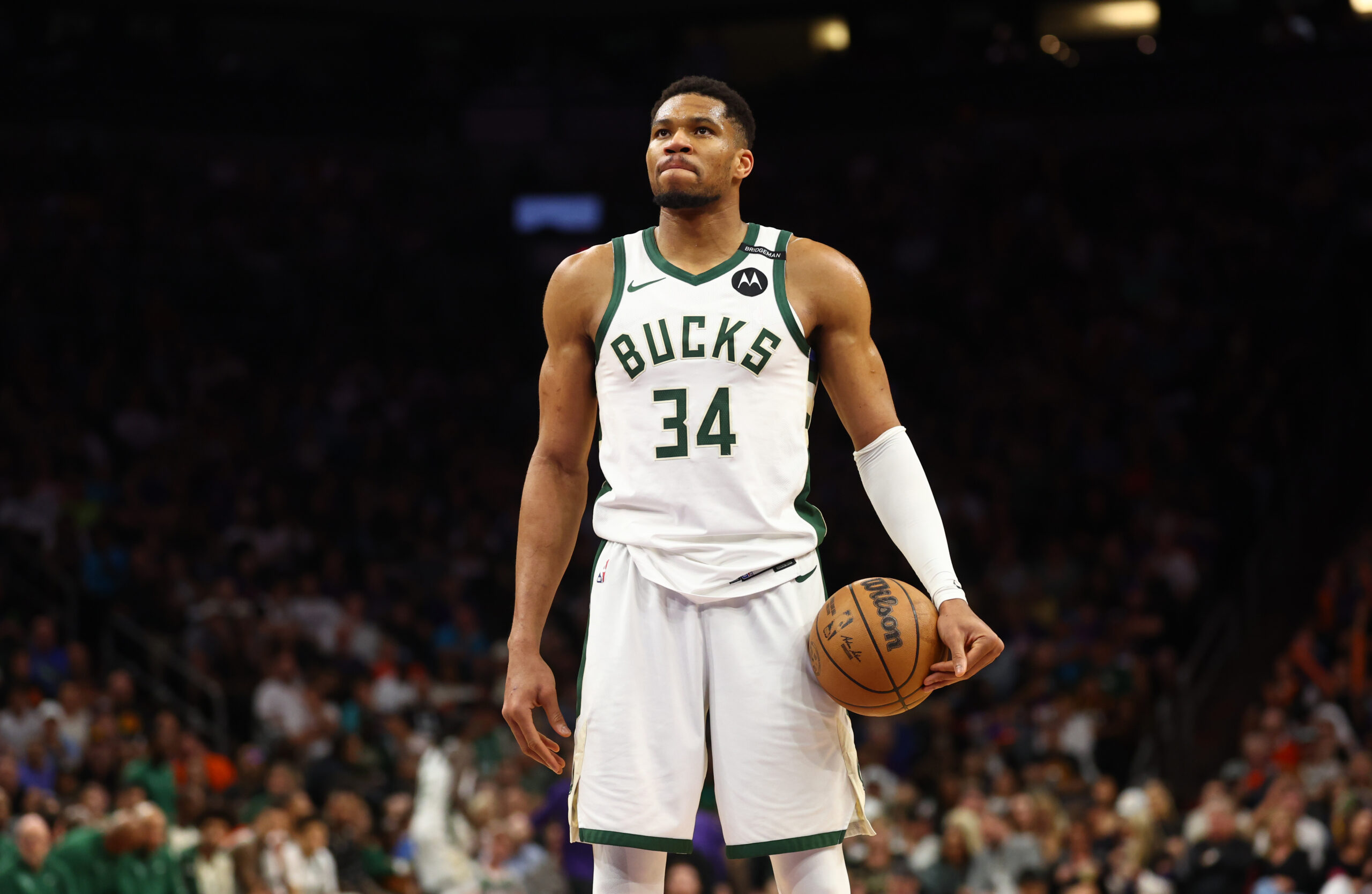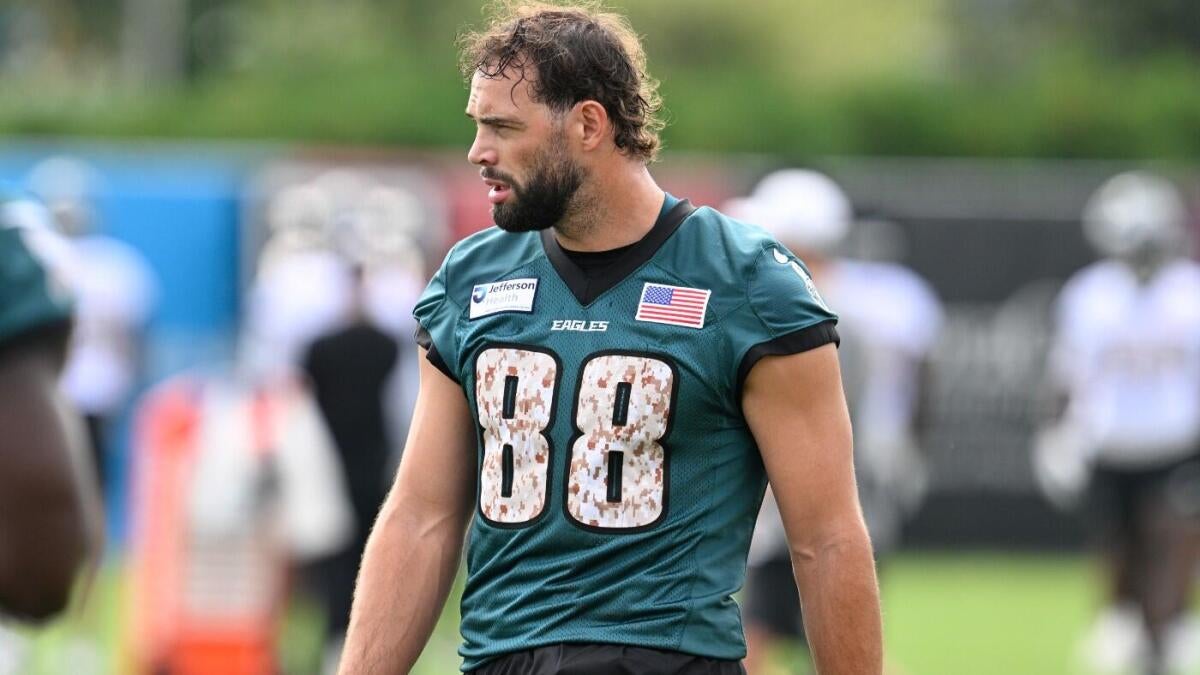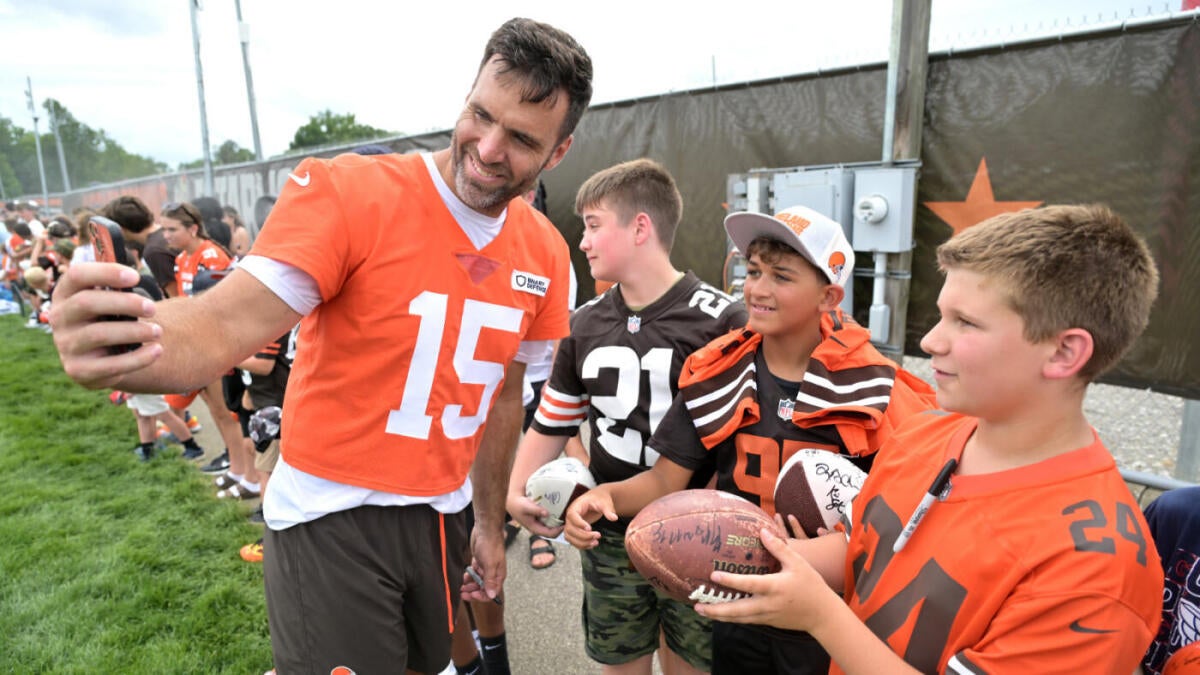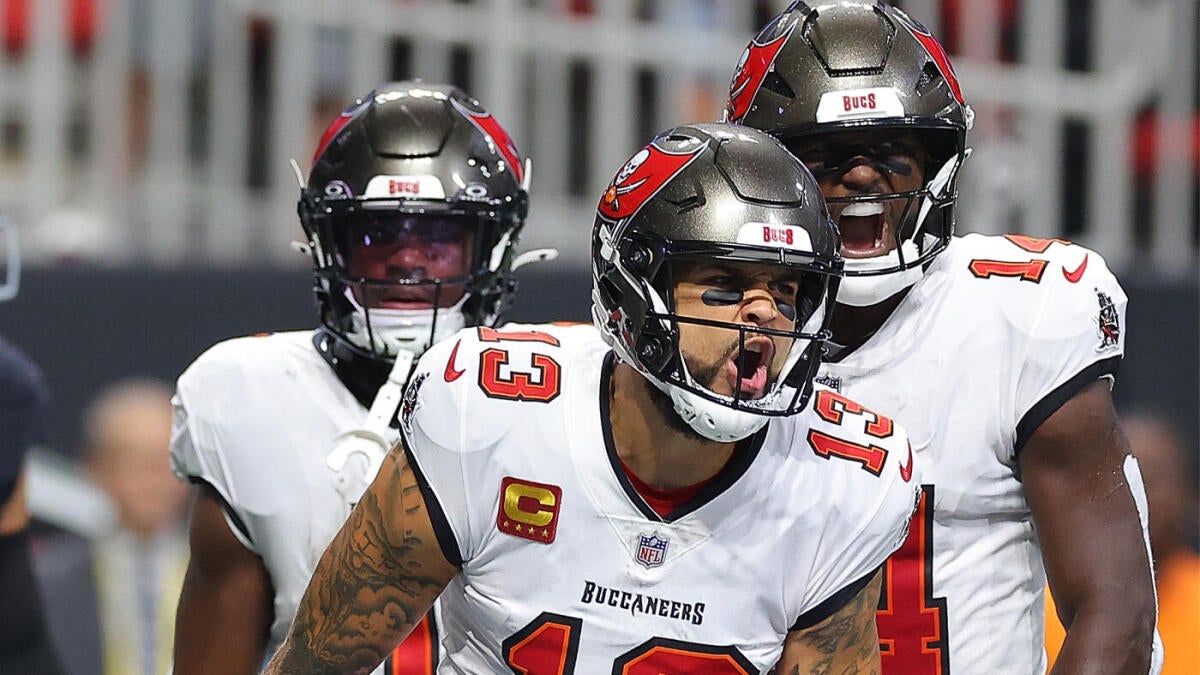
Last year, the Tampa Bay Buccaneers were one of the most successful passing offenses in the NFL. They were so successful that, for the second year in a row, their offensive coordinator landed a head-coaching job elsewhere at the end of the year (this time it was Liam Coen; the time before it was Dave Canales).
Quarterback Baker Mayfield had a career season, completing 71.4% of his passes at an average of 7.9 yards per attempt, totaling 4,500 yards and 41 touchdowns against 16 interceptions. (The latter figure led the NFL, but the production otherwise was so outrageous as to clearly outweigh it.) The Bucs spread the ball around quite a bit, with seven different players receiving at least 30 receptions, 50 targets and 300 receiving yards.
Some of that was by design, but some of it was because they dealt with injuries to their receiving corps throughout the season. Chris Godwin, who was on his way to a career year with 50 receptions for 576 yards and five touchdowns in just seven games, suffered a fractured ankle and missed the rest of the season. Mike Evans missed three games with an injury of his own, and rookie Jalen McMillan missed four.
The issues left the Bucs depending on some wideouts who were deeper down the depth chart. McMillan, a third-round pick, ended up second among the group in routes run. Veteran Sterling Shepard, who had totaled just 46 targets over the previous two seasons with the Giants, was third in routes. Even down-roster players like Trey Palmer, Ryan Miller and Rakim Jarrett each ran 100 routes or more.
With the exception of Evans and Godwin, though, none of those wideouts were very efficient. McMillan had some explosive plays and ended up with eight touchdown drives, but in a per-route and per-target basis, he produced fewer yards and first downs than the league average wideout. And none of Shepard, Palmer, Miller or Jarrett even approached league average, either.
Godwin should return from his injury this year, though, and the Bucs decided to add a pair of wide receivers in this year’s draft in first-round pick Emeka Egbuka of Ohio State and seventh-rounder Tez Johnson from Oregon. Now, Mike Evans says, this group of wideouts is much improved.
“I know I say it a lot, but this might be the best receiving room I’ve been a part of,” Evans said, via NFL Media. “I say that every year, but we always get great players to come in, so that’s been very fortunate for me in my career to be around great young players. And they’ve added to the room tremendously. They’re already very polished. Emeka’s really strong hands, super smart, Tez is speed, quickness.”
CBS Sports may not be as high on Tampa Bay’s top dudes as Evans is — among the league’s best duos, the Bucs rank No. 9 — but the distinction here is Evans is high on the entire room, which includes a first-round rookie and a promising second-year player.
Here’s what to expect from ‘best WR room’ Evans has been in
- Evans himself is one of the best receivers in NFL history, and he’s still going strong with his streak of 1,000-yard seasons despite missing time last year. He will remain the team’s primary option on the outside and down the field, but he does have more help than he did in years past.
- Godwin is one of the league’s premier slot men (his 71% receiving success rate ranked first in the NFL, per Tru Media), and he also brings a vertical and run-after-catch element to the offense that not all players in his role can boast. He averaged 7.2 yards after catch per reception last year, a figure that ranked eighth-best among the 89 wideouts who were targeted at least 50 times. He also had an explosive-play rate of 19.4%, which was both above the league average and actually higher than Evans’ own mark.
- McMillan was used primarily as a deep threat as a rookie, but it’s not necessarily the role the suits him best. He ran some of the deepest routes in the NFL, with an average route depth of 10.43 yards, per Tru Media, that ranked 15th among the aforementioned 87 wideouts with 50 targets or more, and 19% of his targets came 20 or more yards down the field. He caught just 27.3% of those passes, though, per NFL Pro, and due to his size is probably more suited as an intermediate target. With Evans, Godwin, Egbuka and speedster Johnson on hand, he can fill a more suitable role in Year 2.
- Egbuka, meanwhile, brings more versatility to the position. “He looks like a running back, but I mean, he catches like Chris Godwin. He’s a very polished, very well-rounded player,’ Evans said of the rookie. “I didn’t [expect to draft a receiver] either, but you know [GM Jason Licht] has always been great in drafts, and we wanted to pick the best players available, and from what I’ve seen so far, he was definitely the best player available.”
What kind of factor will rookie Emega Egbuka be?
Egbuka was never the No. 1 option on his own team at Ohio State, but that’s largely because he happened to play alongside receivers like Jaxon Smith-Njigba, Marvin Harrison Jr. and Jeremiah Smith. (Get ready to hear the latter name a whole lot over the next few years. The kid might already be the best player in the country. He’s what it would look like if they cloned Andre Johnson and dropped him into modern college football).
College Football’s Top 150 Players of 2025: The definitive spring rankings, led by Ohio State’s Jeremiah Smith
Blake Brockermeyer
Egbuka lined up primarily in the slot for the Buckeyes, especially during his senior season where he was on the inside for 72.3% of his routes. His ability to play there will allow the Bucs to be cautious as they work Godwin back from his major injury, but it’s worth noting that Egbuka himself was outrageously efficient when working on the perimeter. He averaged 3.02 yards per route run when aligned outside during his career at Ohio State. Inside-outside versatility is one of the most important traits a receiver can have these days, and because Egbuka has it, the Bucs can use him in any of Evans, Godwin or McMillan’s roles on any given snap.
Being able to manage the workloads for Evans and Godwin will keep them healthier than they have been in recent seasons, but this year it won’t mean that the Bucs don’t have dangerous-enough threats on the field when either of those guys isn’t in the game for a given play.
The new OC in charge
Managing all of this will fall to new offensive coordinator Josh Grizzard, who was promoted from passing game coordinator to replace the departed Coen. The former Yale defensive back was previously a wide receivers coach and offensive quality control coach when he worked for the Miami Dolphins under Brian Flores and then Mike McDaniel, so he has some experience working with the wideouts and the passing game as a whole.
The 35-year-old Grizzard has big shoes to fill when it comes to replacing Coen, who himself had big shoes to fill when replacing Canales, but he’s got a lot of tools at his disposal and should be able to utilize them in creative ways.
Go to Source
Author: Jared Dubin
June 13, 2025 | 1:30 pm

